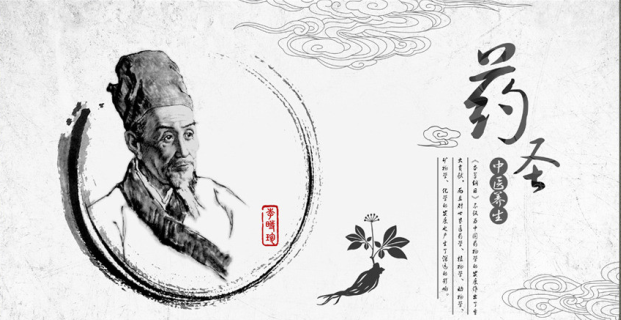Inter-transformation of yin and yang means that yang-heat syndrome may change into yin-cold syndrome and yin-cold syndrome may turn into yang-heat syndrome in the course of a disease.
1. Transformation of Yin into Yang
The nature of the disease originally pertains to yang-heat. But when yang-heat develops to a certain degree, it will turn into yin-cold. For example, some febrile diseases show a series of heat symptoms at the early stage, such as high fever, thirst, reddish tongue, yellowish tongue coating and rapid pulse, indicating that the syndrome is obviously of yang-heat.
However, improper treatment or extreme exuberance of pathogenic factors may suddenly lead to such critical signs of yin-cold as low body temperature, cold limbs, cold profuse sweating and indistinct pulse. This shows that the nature of the disease has been changed. Such a change is quite different from true-heat and false-cold syndrome in yang syndrome appearing like yin syndrome.

2. Transformation of Yin into Yang
The nature of the disease originally pertains to yin-cold. But when yin-cold develops to a certain degree, it will turn into yang-heat. For example, attack of exogenous pathogenic cold leads to a series of wind-cold symptoms at the early stage, such as serious aversion to cold and light fever, headache, body pain, thin and whitish tongue coating, and floating-tense pulse, indicating wind-cold affecting the superficies. Eventually it develops into a yang-heat syndrome marked by high fever, sweating, thirst, reddish tongue, yellowish tongue coating and rapid pulse.
This shows that yin syndrome has been transformed into yang syndrome and cold syndrome has been turned into heat syndrome. Such a change is quite different from true-cold and false-heat syndrome in yin syndrome appearing like yang syndrome.







